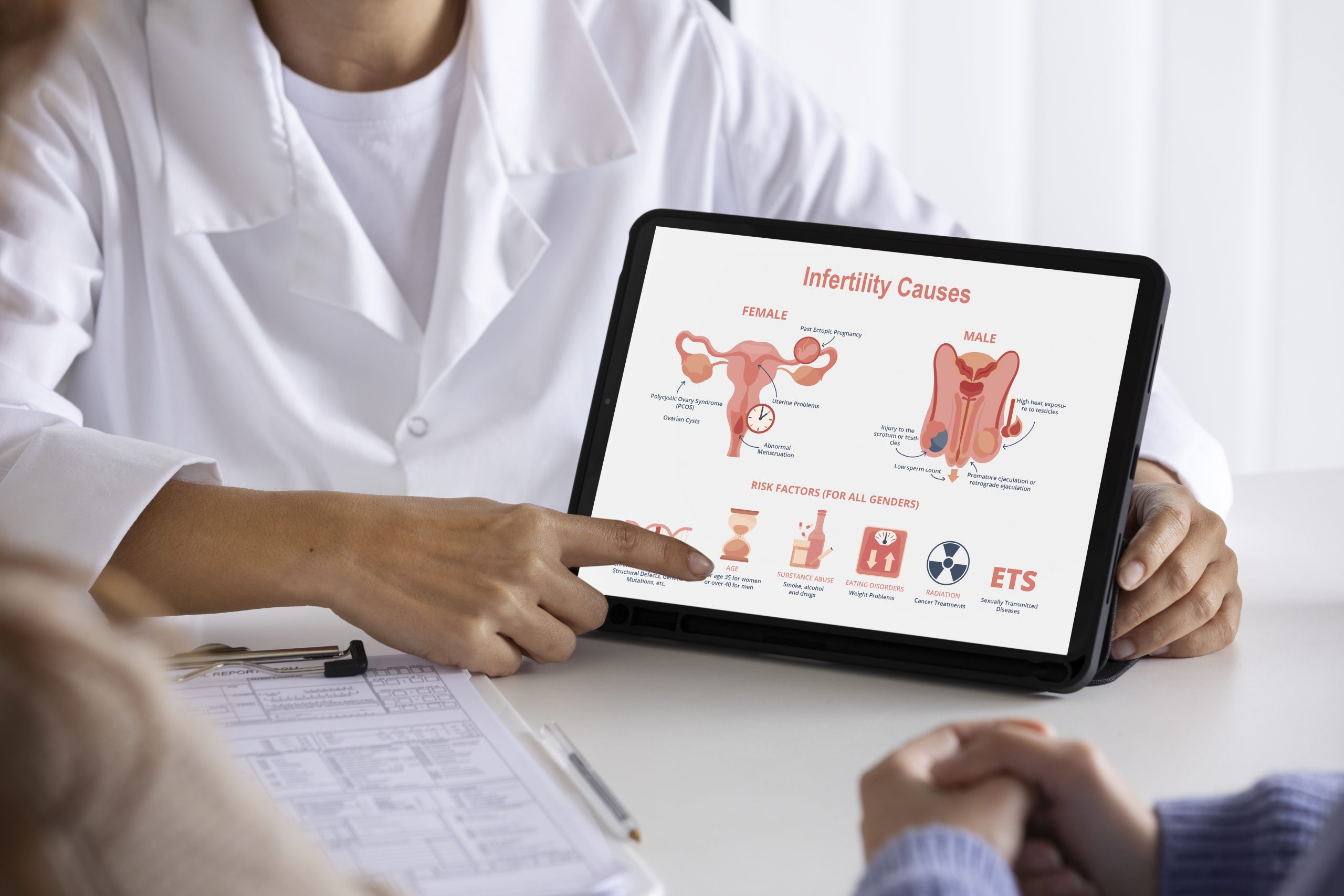No products in the basket.
First aid video call
Call ChatWomen’s medicine, or gynecology, is a field of medicine that deals with the female reproductive system. Together with the Department of Obstetrics, it forms the Department of Obstetrics and Gynecology.

When women are fully mature, they are typically 12.5 cm shorter than males, weigh about 13 and 18 kg less, and have a body fat proportion of around 25% as compared to 15% for men. Men’s shoulder width rises relatively to other sections of the body, whereas women’s hip width increases proportionately.
The difference in height between men and women in adulthood is because men have a longer growth period than women. However, before puberty, the variations in body structure between men and women are rather small. Adolescent men are characterized by hips that are relatively narrow in relation to shoulders, whereas adult women have hips that are larger in relation to shoulders and waist.
Cancer and precancerous diseases of reproductive organs such as ovaries, fallopian tubes, uterus, cervix, vagina, and vulva, as well as
Amenorrhea (absence of menstruation), endometriosis, dysmenorrhea (painful menstrual periods)
These include infertility, menorrhagia, urinary tract infections, and postmenopausal osteoporosis. Women suffering from these have a high prevalence of uterine fibroids which require high healthcare costs. According to estimates, the annual cost of uterine fibroids, which are mostly asymptomatic, is up to $34.4 billion in the United States, $348 million in Germany, $120 million in France, and $86 million in the United Kingdom, occupying a major position among other women’s diseases.
